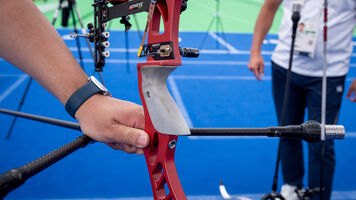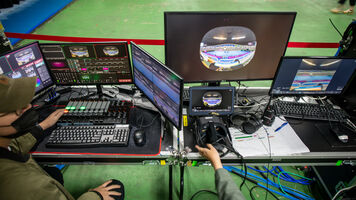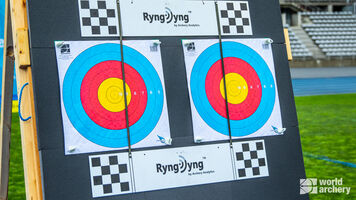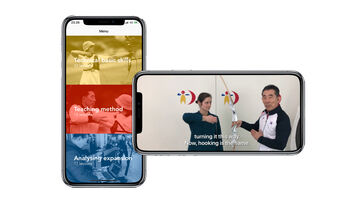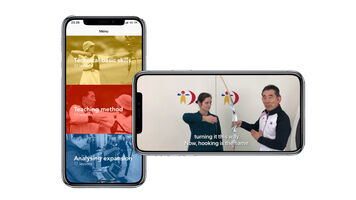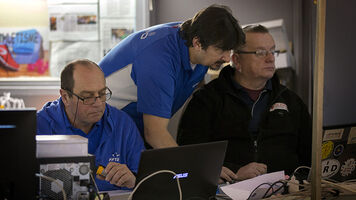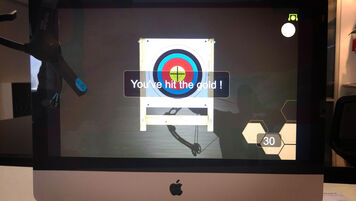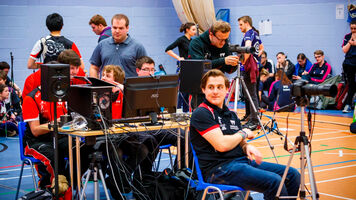Archery debuts heart-rate graphics on broadcast of the Olympic Games
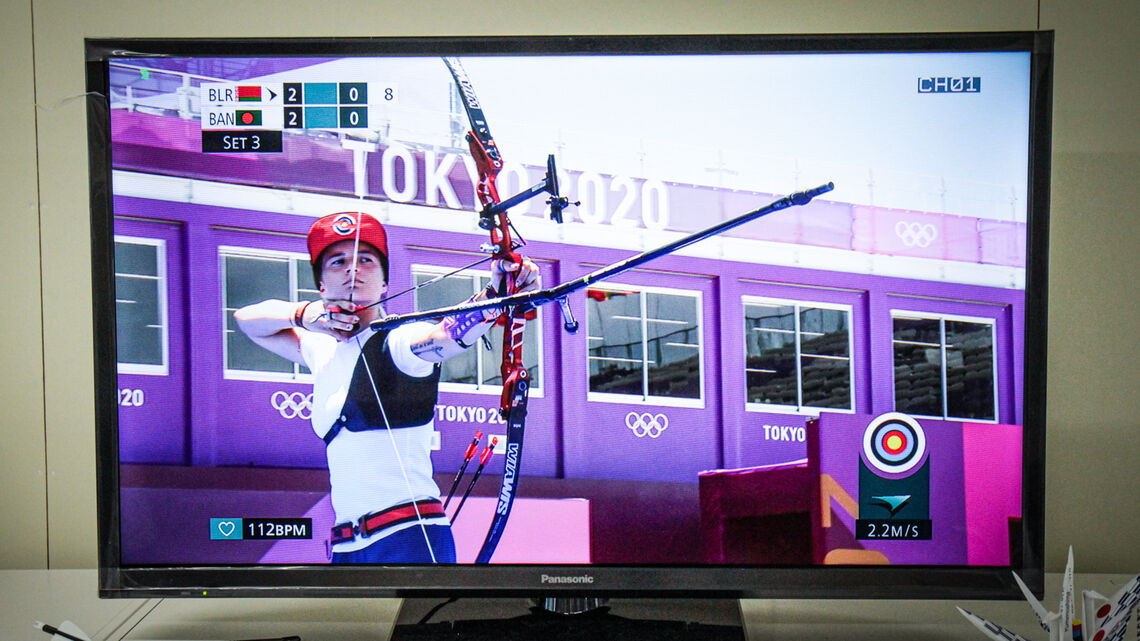
Archery has become the first sport to use live biometric data on its broadcast at the Olympic Games with the debut of heart-rate graphics in Tokyo.
Cameras on the field of play measure the heart rate of the athletes remotely, relaying reliable data to the production crew and producing graphics to visualise the stress archers face during competition.
The data has uncovered some fascinating information during the early matchplay rounds.
London 2012 Olympic Champion Oh Jin Hyek had one of the lowest heart rates of any archer to enter the arena through his first match in Tokyo, averaging in the cool mid-80s.
But during his shoot-off arrow against India's Atanu Das in the second round, which would ultimately eliminate Oh from the competition, it peaked at 143 beats per minute.
“We want to give the spectator on television the feeling of stress,” said World Archery secretary general Tom Dielen early this week in Japan.
“When you watch on-site, you can feel the stress to a certain extent. But watching on television, you see a target, you might think it’s easy and you can’t feel the stress of the athlete that has to shoot a 10 to win gold.”
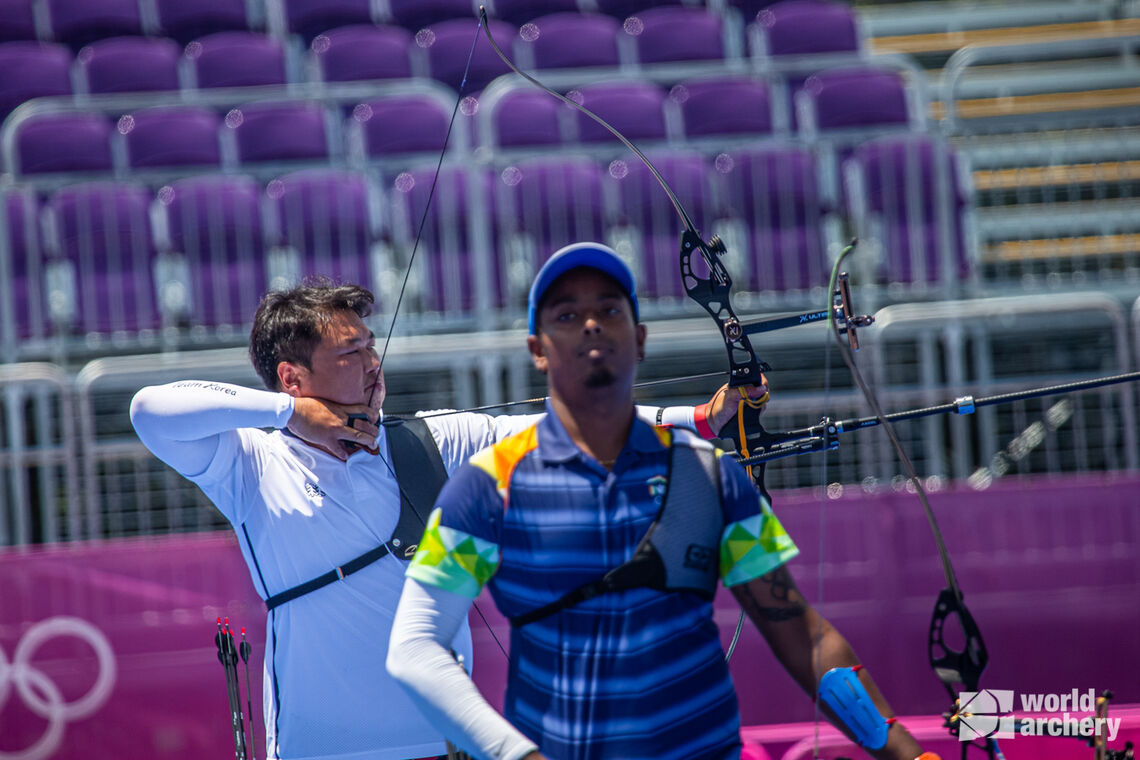
The technology to broadcast live heart rates has been in development for some time.
Initially, World Archery experimented with wearables on the leg, but these were both unreliable and impractical, especially for world-class archers to attach only for the most important event of their lives.
The system being used in Tokyo utilises high-frame-rate cameras, which detect tiny changes in the shape and colour of an athlete’s face to determine how fast their heart is beating.
It’s not noticeable on the shooting line – and the live data is only visible to people watching on television.
“It would not be good if we could see it,” London 2012 Olympic silver medallist Takaharu Furukawa told the Olympic Information Service.
“But if we see it on television like this, it’s a good way to let people know more about archery and to enjoy the emotions and situations of the athletes.”
Every athlete could choose whether they consented for their heart rate to be measured and displayed on the broadcast. Of the 128 archers competing at Tokyo 2020, more than 90% agreed.
None of the raw data has been kept.
The introduction of live biometric data is a first for archery – and the Olympic Games – but it’s certainly not the last innovation we’ll see that visualises the hidden intricacies of a sport that is often decided in the details.




